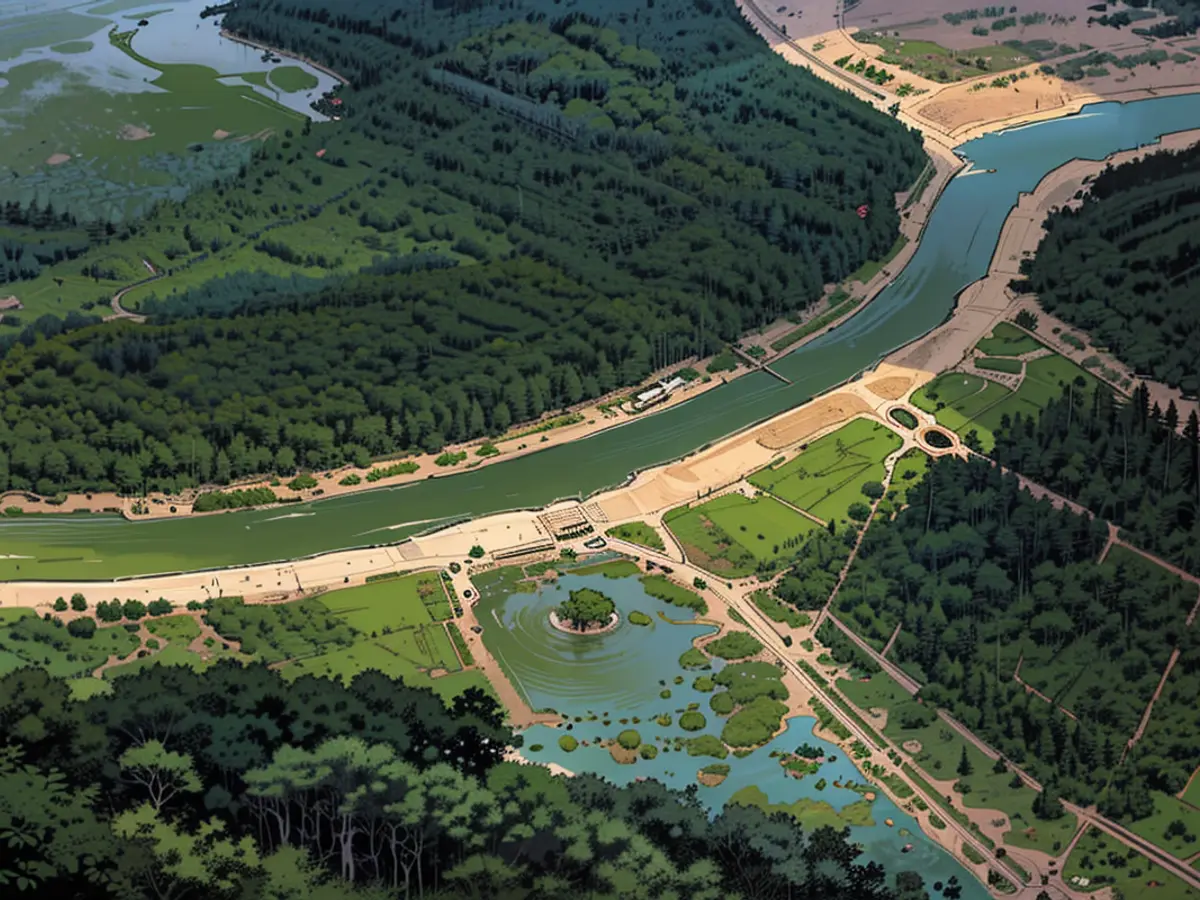The Amazon witnessed a significant decrease in its water volume.
Due to an extensive dry spell in South America, the Amazon's water level has significantly decreased at its border between Colombia, Peru, and Brazil. According to the Colombian disaster management agency, they stated on Thursday (local time), "The water level has plummeted by 80 to 90 percent over the past three months due to the drought caused by climate change." This reduction in water level is now impacting the daily routines of individuals residing nearby.
Approximately 7,400 people in the Amazon region of southern Colombia have reportedly been influenced by this decrease in water level. For the indigenous inhabitants of this region, boats are their primary mode of transportation, as there are scarcely any roads in the forest. Leticia, the regional capital situated in the tri-border region between Colombia, Brazil, and Peru, is inaccessible by road from the Colombian side due to this issue.
If individuals are unable to sail the Amazon and its tributaries, their food sources are at risk. Photos from Leticia over the past few days depict numerous small boats grounded on land and incapable of use. Large sections in the riverbed are even entirely dry.
This severe drought in South America, linked to climate change and the meteorological event El Niño, has already resulted in water deficits in various nations, with some areas limiting water and electricity supplies. Bogotá, the capital of Colombia, has also been impacted by this. In Colombia, Peru, Ecuador, Brazil, and Bolivia, drought has also sparked fires, often intentionally set for agricultural land clearing.
The Amazon, a vital water source, is currently experiencing a significant decrease in its water level, affecting nearby communities such as southern Colombia. The drought has made boats, the primary mode of transportation for indigenous people in the forest, nearly unusable in Leticia, the regional capital in the tri-border region.








